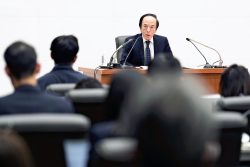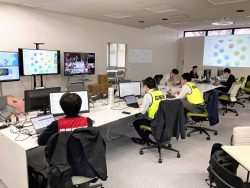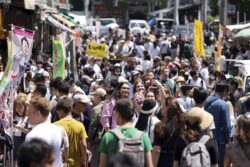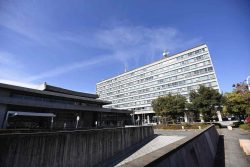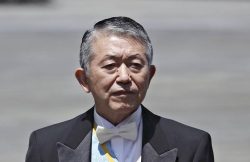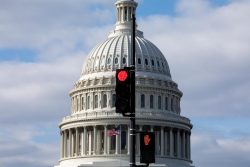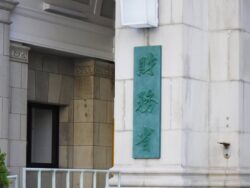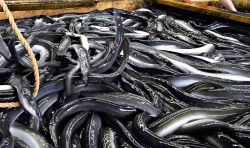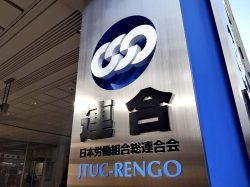Japan-U.S. Defense Ministers’ Meeting: Do Not Let Trust of Bilateral Alliance Be Shaken
17:19 JST, March 31, 2025
The administration of U.S. President Donald Trump is disrupting even its allies over issues of security policy and trade, intensifying the turmoil in global affairs.
Amid these circumstances, it is commendable that the defense ministers of Japan and the United States have confirmed for the time being their nations’ policy of working together to enhance their response capabilities.
U.S. Defense Secretary Pete Hegseth visited Japan and held talks with Defense Minister Gen Nakatani. They concurred on the policy of opposing China’s unilateral attempts to change the status quo in maritime areas and also confirmed that they would proceed with a plan to strengthen the functions of U.S. forces in Japan, as agreed during the previous administration of U.S. President Joe Biden.
U.S. forces in Japan are currently operating under the U.S. Indo-Pacific Command based in Hawaii. Measures to enhance their functions will change this system and enable them to operate units and plan tactics and drills based on the decisions of a Joint Force Headquarters to be established in Japan.
Some U.S. media have reported that the U.S. government was considering scrapping the plan for cost-cutting reasons, but it will go ahead as scheduled.
Japan and the United States must steadily improve their deterrence capabilities by deepening cooperation between the coming U.S. Joint Force Headquarters and the Japanese Self-Defense Forces’ Joint Operations Command, which was established earlier to provide a unified command for the Ground, Maritime and Air Self-Defense Forces.
At the latest meeting, the United States reportedly did not demand that Japan increase its defense spending or its share of the expense of hosting U.S. troops in Japan.
First and foremost, Japan should make its own decisions about its defense spending, based on such factors as changes in the security environment. And regarding the cost of U.S. forces stationed in Japan, Japan bears a considerable burden compared to other allied countries.
The two defense ministers visited Iwoto Island, also known as Iwojima, the day before their meeting and attended a joint Japan-U.S. memorial ceremony for the war dead with Prime Minister Shigeru Ishiba. The island was a fierce battleground toward the end of World War II, and a combined 50,000 people were killed or injured there on the Japan and U.S. sides. It was the first time for a U.S. defense secretary to visit the island.
“The U.S.-Japan alliance shows those brave men of 1945 how yesterday’s enemy has become today’s friend,” Hegseth said at the ceremony.
It is significant that Japan and the United States reconfirmed the importance of their alliance on the site where the two countries once fought a war and suffered many casualties. For peace and stability in the international community, the cooperative relationship between Japan and the United States must not be damaged.
The security environment around Japan is only becoming more severe. China Coast Guard vessels earlier this month intruded into the territorial waters around the Senkaku Islands and remained there for 92 hours, the longest duration since Japan nationalized the islands in 2012. The military cooperation between Russia and North Korea cannot be underestimated either.
The international community’s attention is focused on the war in Ukraine and the conflict in the Middle East. At times like these, to avoid the creation of a power vacuum in Asia, Japan needs to strive to deepen ties with its allies, while strengthening its own defense capabilities.
(From The Yomiuri Shimbun, March 31, 2025)
"Editorial & Columns" POPULAR ARTICLE
-

Violations of Subcontract Law: Major Automakers Must Eliminate Old Practices
-

Local Governments’ Tax Revenues: Devise Ways to Correct Imbalances in Tax Sources
-
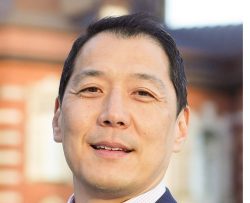
5 Japanese Business Dinner Mistakes to Avoid — and What They Taught Me About Business in Japan
-

Heavy Rains in Asia: Support for Victims, Flood-Control Measures Urgently Needed
-

New Nuclear Threat: China Seeking to Follow U.S., Russia in Military Expansion
JN ACCESS RANKING
-

Keidanren Chairman Yoshinobu Tsutsui Visits Kashiwazaki-Kariwa Nuclear Power Plant; Inspects New Emergency Safety System
-
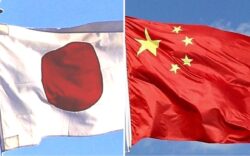
Imports of Rare Earths from China Facing Delays, May Be Caused by Deterioration of Japan-China Relations
-
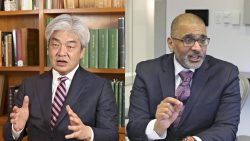
University of Tokyo Professor Discusses Japanese Economic Security in Interview Ahead of Forum
-
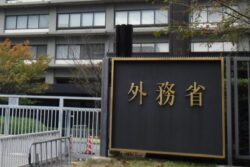
Japan Pulls out of Vietnam Nuclear Project, Complicating Hanoi’s Power Plans
-
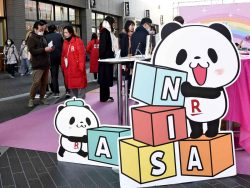
Govt Aims to Expand NISA Program Lineup, Abolish Age Restriction


